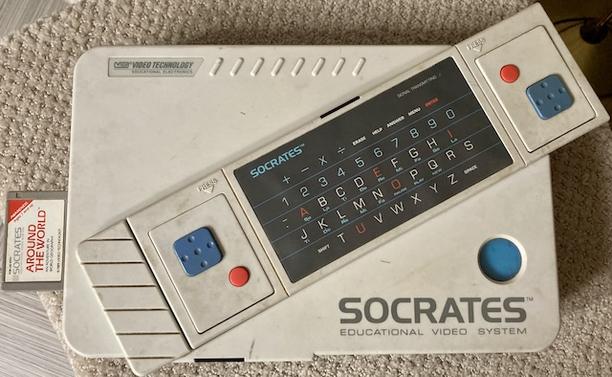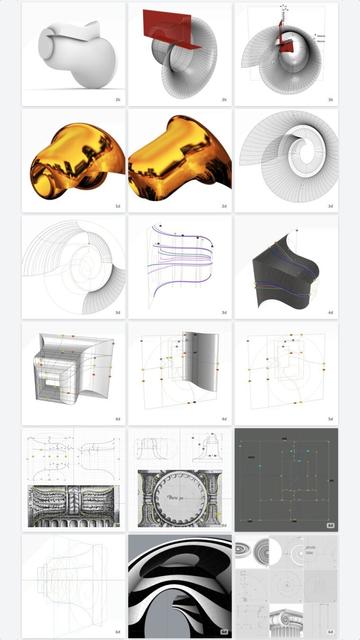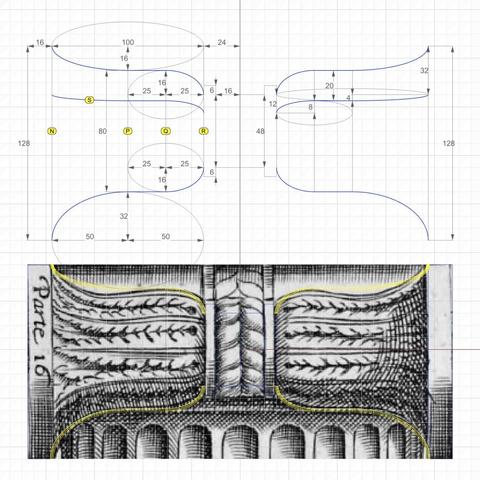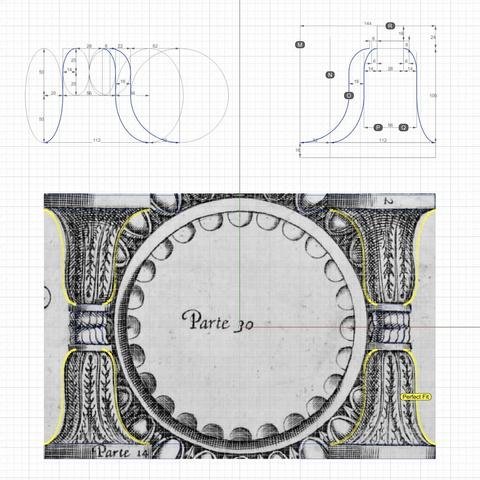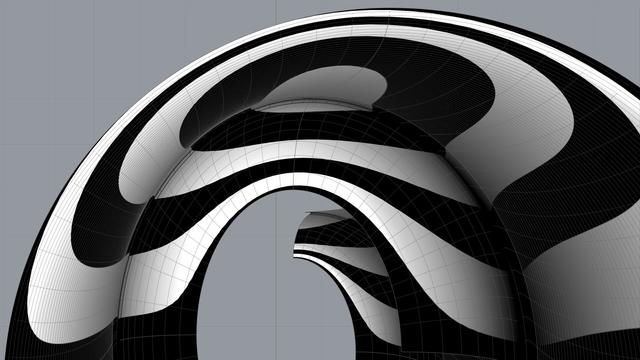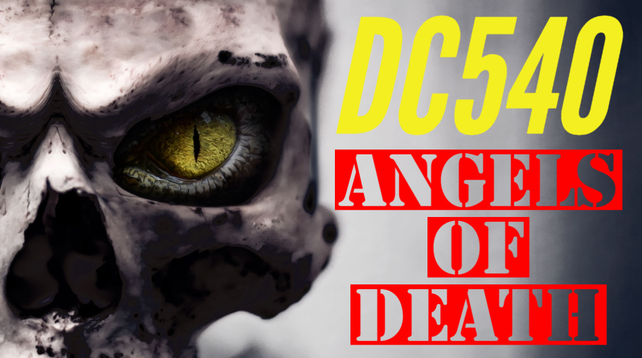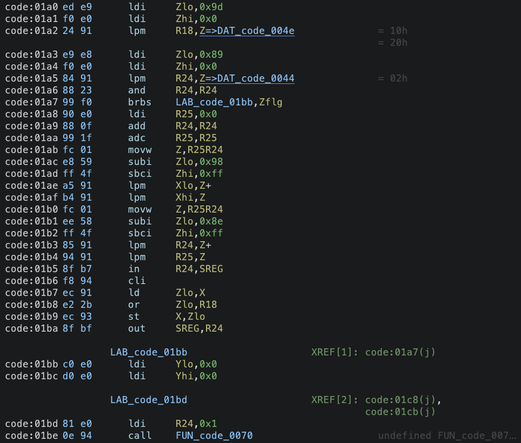The classic
#IonicScroll is the most complex of all components in the
#IonicOrder mainly because it is poorly documented, if at all, and even poorly understood. It is as if the classical architects deliberately concealed its enigmatic design secrets within the confines of a smooth elegant shell that could only be revealed after intense study and analysis.
I got this impression because I spent years searching for credible and actionable documentation on how to recreate this beautiful design in a
#CAD tool. In the Age of Internet and Social Media, my web searches always disappointed me because the results lacked something vital in one respect or another. Over the years, I created hundreds of versions of the scroll that looked so perfect and pleasing that I thought I had cracked it, only to find some flaw or another in my work.
So, it is with caution that I present my work on the scroll in the hopes that someone will build upon this knowledge and either validate the design, or correct it and share it with me and the rest of the world.
Looking back at my progress, I'm now surprised at how remarkably simple and elegant the design is that defied familiar geometrical construction techniques I had been using until now.
As I mentioned in my introductory post, this design can be recreated by drawing simple 2-dimensional lines and circular arcs, but instead of just
#primaryProfileCurves, we will use up to three additional sets of curves —
#secondaryCurves,
#tertiaryCurves, and
#quaternaryCurves — each derived from the previous set.
I extracted the
#primaryCurves after a lengthy trial-and-error process that involved
#curveFitting image scans from
#Vignola’s book,
#RegolaArchitettura. I had to
#reverseEngineer the details because the measurements have either been lost, or are locked away in some library.
Even though we start with lines and arcs, the end results are always
#NURBS curves and surfaces, but everything is done by the CAD tool, and no additional math is needed.



